
Best Tech Tools for Remote Work
After a long pandemic, a few champions emerge
When COVID-19 first pushed employees into working remotely, managers had to find new ways to keep them connected and productive. News stories and blog posts recommended a confusing flood of tech tools for the job: Zoom, Loom, Box, Dropbox, Teams, TeamViewer, Teamwork, Workfront, Workplace, Google Docs, Google Drive, Google Hangouts, and hundreds more.
Now, more than 18 months later, some apps and services have emerged as popular favorites. Plenty of these tools do multiple jobs, but to keep things simple, this article groups them by their primary task.
Project management
Prominent names in this crowded category include Monday, Basecamp, Github (especially strong in software and coding), Wrike, Jira, ProofHub, and Airtable. But the champions are Trello and Asana.
It’s hard to find a list of the best remote project-management tools without at least one of the two. Even the competing service Hive calls Trello “a great option for small teams or individuals looking to utilize a simple project management tool,” and adds that Asana “is a visually appealing project management software … and easily ranks among the best remote work tools.”
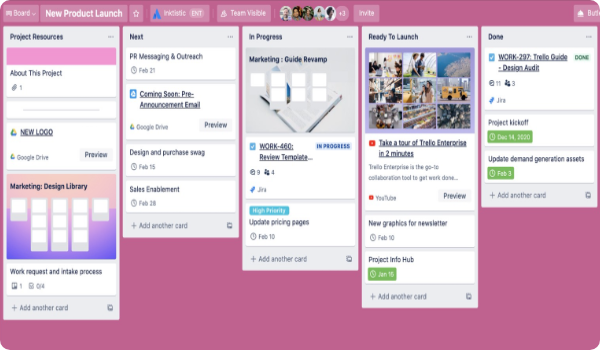
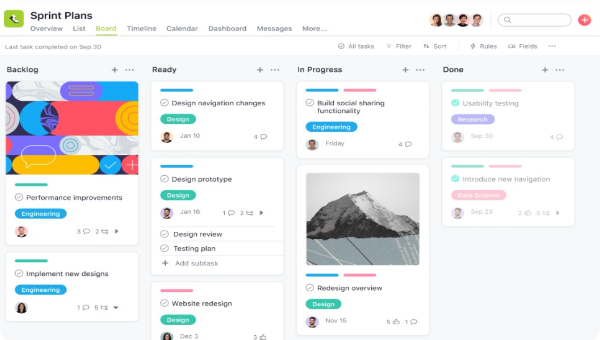
“Trello might be a better option for small businesses with straightforward processes,” says Thomas Jones, head of digital marketing at the digital-transformation consultancy Generation Digital. “Asana is ideal for medium and large enterprises due to its features that allow them to handle the complexity of projects they are dealing with.”
Communication: General
When you can’t chat with employees over a cubicle partition, you have to keep in touch by other means. Workplace and Chanty rank among the big names in business communication.
But the top powerhouses are Slack and Microsoft Teams. Slack, launched in 2013, grew to lead the field until 2017, when Microsoft presented Teams as part of its Office 365 suite of business apps. Today, Teams has more users than Slack.
Big companies tend to prefer Teams. Whether your firm is big or small, you’ll probably like Teams if you use Office 365. Teams integrates smoothly with the suite and is free to its users.
Slack is better if you need integrations (connections between your system and external hardware or software). It can form more integrations with more technologies than Teams. Slack is also simpler to use, a special advantage for small firms without an IT support staff.
Communication: Video
The next best thing to sitting at a conference table with your colleagues is meeting via video. Skype, Google Meet, GoToMeeting, Join.me, Webex Meetings, and Teams’ video function all have fans and admirers.
But the industry leader is Zoom. In June 2021, TrustRadius reported that Zoom owned as much of the video-conference market as all its competitors combined. “Zoom is the most popular video conferencing platform in the world, dominating the market in 44 countries,” says a March 2021 survey, “largely due to the fact that it offers 40-minute free video calls for up to 100 attendees.”
Review sites such as TrustRadius, PCMag, G2, Crozdesk, and Gartner generally say that Zoom is better than its competition – but not enormously better.
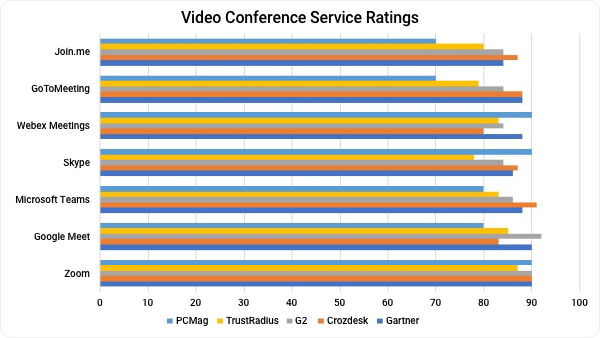
Most of the sites put Zoom at first place or in a tie for first, though a couple rate Teams and Google Meet a little higher. When you choose a video system, look at Zoom but also consider Meet, Teams, and other services.
Cloud storage and file sharing
Long before COVID, businesses were uploading content to the cloud so employees at multiple locations could see and share it. The pandemic sent employees to even more locations (e.g., their homes), making cloud storage even more important.
The kings of the cloud are Dropbox and Google Drive, with Box and Microsoft’s OneDrive in the second rank.
Tech websites often say that Google Drive is best if your needs are small. “For newcomers to storage systems with limited experience, scarce funds, and little file content,” CNET says, “Google Drive is the best option to try out, as it has a free version with a lot more perks than Dropbox.”
If you have more complex needs, Dropbox may work better. “Business users will find Dropbox especially advantageous because it has bonus features like unlimited storage and a new and improved password management system for links shared in the office,” CNET reports.
Time management and tracking
When you can’t look across the office to see what your employees are doing, you may need an app to do it for you. Several programs can set workers’ schedules, track the time they spend on their activities, and remind them about upcoming deadlines.
This field’s leader is Toggl, also called Toggl Track. Time Doctor often comes in second. Other contenders include Calendly, Doodle, and Hubstaff.
Comparisons of Toggl against other time tools frequently use the word “simple.” Toggl’s interface is straightforward and easy to use.
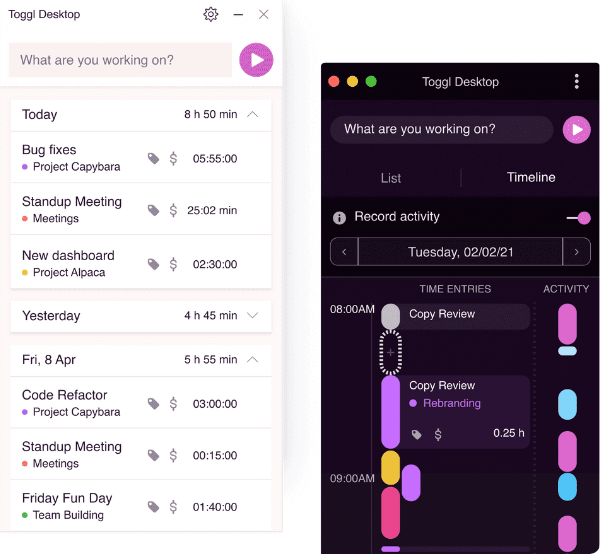
What’s more, Toggl is free. Time Doctor isn’t free, but it may work better for keeping remote workers productive: It sends pop-up reminders to keep them on track.
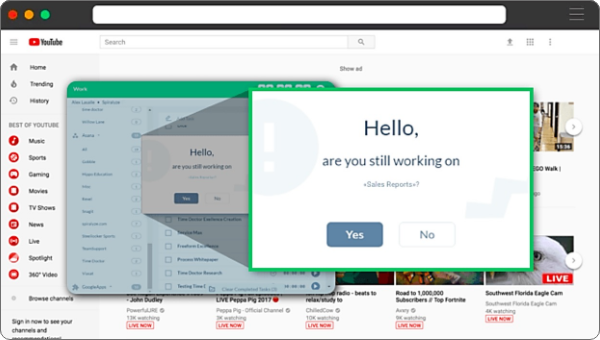
Other apps
Do you need services beyond the ones in this article? You’ll find reviews of many more programs at SAGipl, Hive, and Krisp.
In addition, Digital Mailroom helps its users keep business going when the workforce goes remote. Take software and tech-support company Support.com. Vice-president and corporate controller Pat Clements says that when the company went 100% remote, “[We] closed our office, and mail had to go somewhere. [A] PO box would not work due to inconvenience and unavailability of personnel.” Support hired Digital Mailroom to digitize incoming mail so that remote workers could read, edit, share, and store it online.
Surveys of employees and managers at PriceWaterhouseCoopers, the Federal Reserve Bank of Chicago, ADP Research, and Purdue University say that remote work, or a hybrid of remote and onsite, is here to stay. Tech services like Digital Mailroom are ready to help you handle it.
And profit from it.

